
Toppled trees and massive flooding destroyed homes, businesses, roads, and other infrastructure as Hurricane Helene made landfall on September 26th. Trails in popular mountain bike destinations such as Asheville, North Carolina, were closed indefinitely, as was most of the public land across the region in the wake of Helene.
Now, thanks to the hard work of organizations like Pisgah Area SORBA, residents are regaining access to their favorite trails and trailheads.
Deciding when to start
Hurricane Helene left a devastating wake of destruction. Homes, businesses, and livelihoods were all significantly impacted or lost due to Helene. However, these losses pale in comparison to Helene’s death toll. Two hundred thirty-four people lost their lives as a result of Hurricane Helene, making it the deadliest hurricane since Katrina in 2005.
With such destruction, it can be nearly impossible to determine the right time to start rebuilding trails. Natalie Narburgh, the executive director of Pisgah Area SORBA, said they had many intentional conversations about this topic.
“For the first two and a half weeks, our team wasn’t even thinking about the trails,” Narburgh said. “It was basically whatever the immediate need was — which was human lives. That was first.”
Rather than clearing trails, Pisgah Area SORBA sawyers were out in the community, clearing roads and homes of fallen trees. As very basic needs — getting a vehicle out of a driveway — were met and more help came to the area, the focus shifted to the trails. Several weeks after Hurricane Helene devastated the region, Pisgah Area SORBA began to focus on the trails loved by Asheville and surrounding communities.

Rebuilding everything
Neither the Pisgah Ranger District nor Pisgah Area SORBA had exact data on the number of trails impacted and the extent of the damage. However, Narburgh shared that the Pisgah Ranger District claims 30% of its infrastructure was damaged by Helene.
“I believe that ‘infrastructure’ means more roads and rec sites,” Narburgh explained, “but it does give you a little bit of insight.”
Helene impacted every trail in the Pisgah Ranger District in some way. On some trails, only a few fallen trees needed to be cut, while others will need reroutes due to mudslides.
While mudslides and sections of eroded trail were an issue, downed trees have proven to be Pisgah’s major hurdle. While some trails were more impacted than others, no trails were spared from fallen trees.
“We’ve cleared — I don’t know — 500-plus trees in the first couple of weeks,” Jared Hartman, Trail Specialist for Pisgah Area SORBA, told us. Cutting a single tree that has fallen across a trail is easy for Hartman and Pisgah Area SORBA’s sawyers, but the spiderweb of timber Helene left in some spots was more difficult. Those volunteers continue to work alongside Forest Service sawyers, clearing roads and trails.
Trails closer to water tended to be more significantly impacted. Hartman explained that trails following rivers and creeks were hit the hardest.
“There are certain pockets. [Places like] Turkey Pen Trailhead and the South Mills River area took a lot more damage than the rest of our area,” Hartman explained. “So those areas are still recovering and potentially will be inaccessible for a while.”
In many of the more heavily impacted areas, roads leading to trailheads suffered significant damage. Forest Service officials are working on accessing some of these trailheads and trails to assess the damage. Other areas will have to wait.
Trails that sustained more significant damage, such as landslides or rising water, will likely need to be rerouted and entire sections moved. This will require a new National Environmental Policy Act (NEPA) survey.
“The thought is, if [a trail] was damaged because it’s right next to a creek,” Hartman told us, “Instead of rebuilding it in place, it needs to be moved up onto a side slope away from the river.”
Fortunately, Hartman mentioned that the Forest Service will expedite those NEPA decisions to keep the process moving. However, he doesn’t expect anything for at least a year.

Many hands make light work
The Pisgah National Forest was closed for the weeks following Hurricane Helene, reopening on October 18th. Upon regaining access to the land, locals wanted to know how they could help.
“We use an email list server that sends out our volunteer day sign-ups,” Hartman told us. “That list went from about 400 emails to 1,400.”
While many trail organizations will host one or two work days a month, Pisgah Area SORBA hosted multiple work parties every Friday, Saturday, and Sunday following the reopening. They even had to start a waitlist due to how many people are allowed on a work party per the Forest Service.
It is easy to take trails for granted. When every trail is closed in your area for weeks and, upon opening, every trail has downed trees that need to be cleared, it’s a reminder of how much we all appreciate the trails we ride and hike. And when those trails begin to be cleared, it is much easier to see the value in a local trail organization and realize how much they do.
“You can’t really see maintenance in a normal time,” Narburgh explained, “but you can definitely tell when a trail has been cleared of trees or not. I think that allowed people to get involved with us that maybe hadn’t been before.”
Community involvement included not only boots on the ground but also financial contributions. For 2025, Pisgah Area SORBA allotted $120,000 for trail maintenance. Of course, this allotment did not include the ongoing cleanup and rerouting that many trails will need.
Yet, the community has stepped up to support trails. Organizations have matched fundraising efforts, businesses have donated raffle proceeds, and individuals have donated to Pisgah Area SORBA. Other SORBA chapters have also helped out by sending funds.


North Carolina needs the trails
While the financial needs aren’t yet fully known, the greater Asheville community supports its trails. Narburgh shared just how important the trails are to the area’s economy.
“The outdoor recreation economy is huge in western North Carolina,” she told us. “There were bike shops that, when they were able to reopen, [had] lost 80% of what their normal income is.”
Hurricane Helene couldn’t have hit at a worse time. October is peak tourism season in Western North Carolina, and many come to experience the fall colors. It is also a phenomenal time to mountain bike, as fall weather brings needed moisture to blown-out trails.
Understandably, the North Carolinian tourism boards asked people to stay away from the area in the weeks after Helene. But as recovery efforts brought the area back to where it could support tourism, people simply weren’t coming.
To further recover, western North Carolina needs tourism to return. While they must wait until next October for peak season, Narburgh and Hartman urge vacationers to pack their bikes and head to Asheville.
Check Pisgah Area SORBA’s website for trail conditions as they continue clearing trail damage from the hurricane.












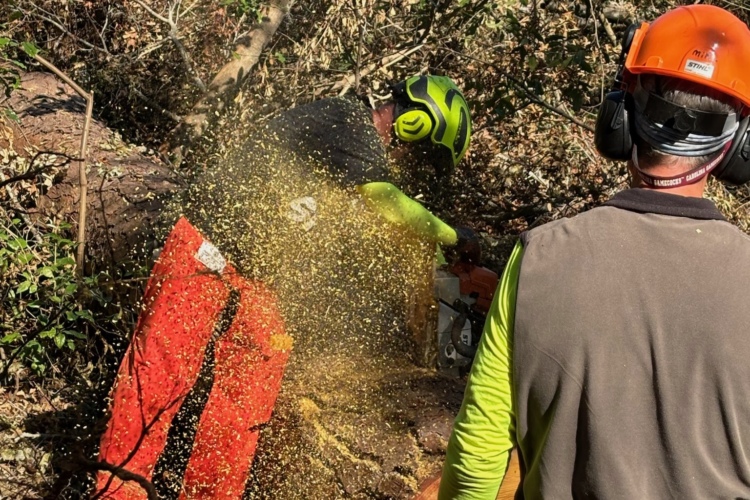
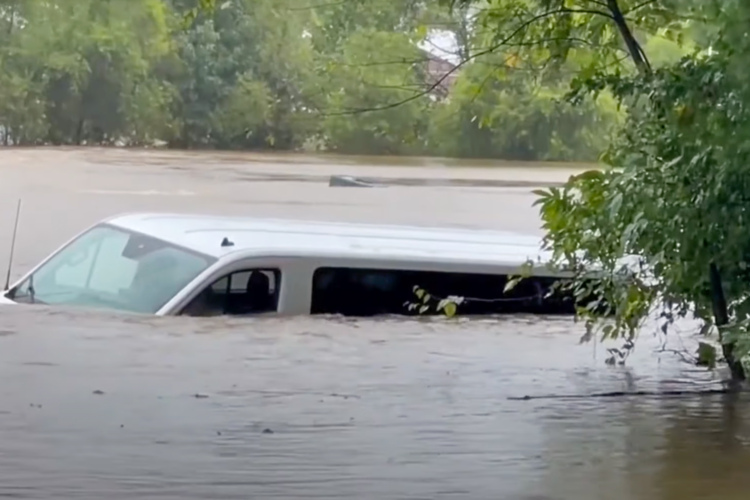
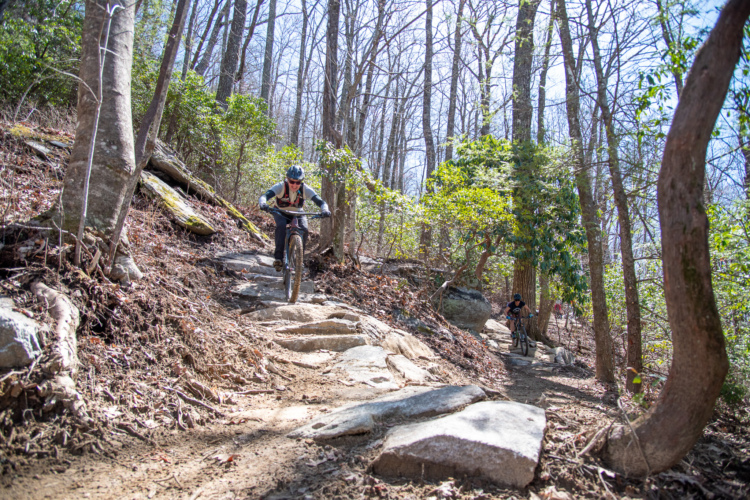
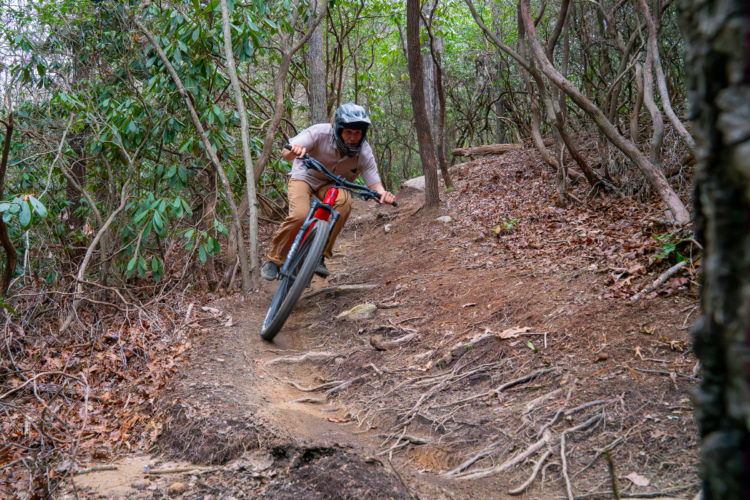
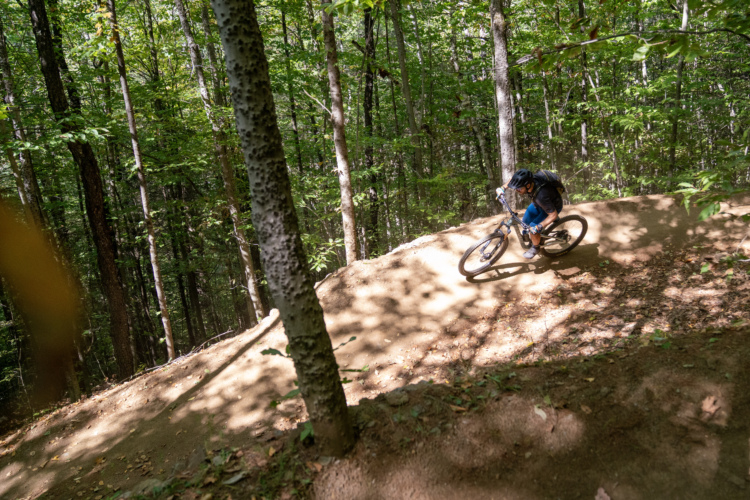

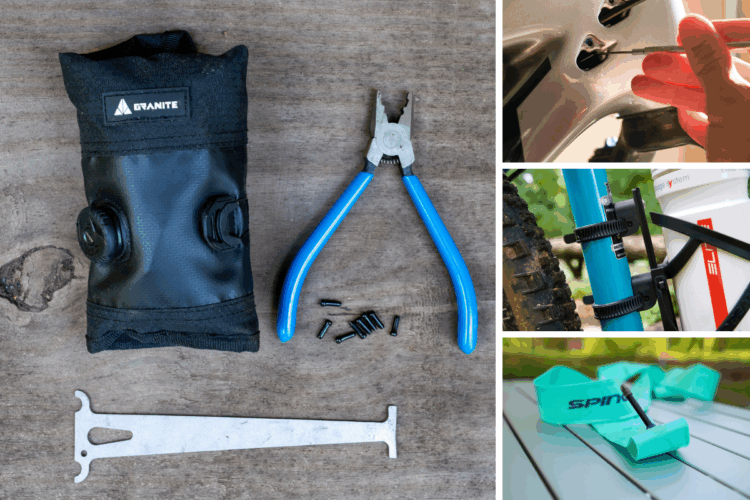
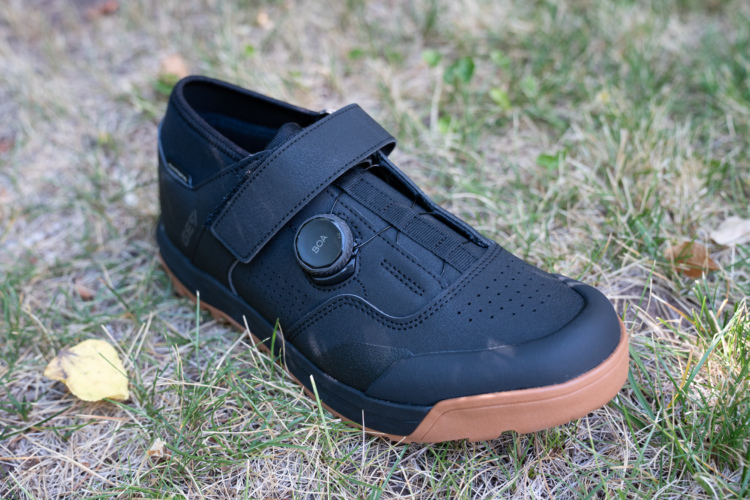

2 Comments
Jan 2, 2025
Jan 4, 2025